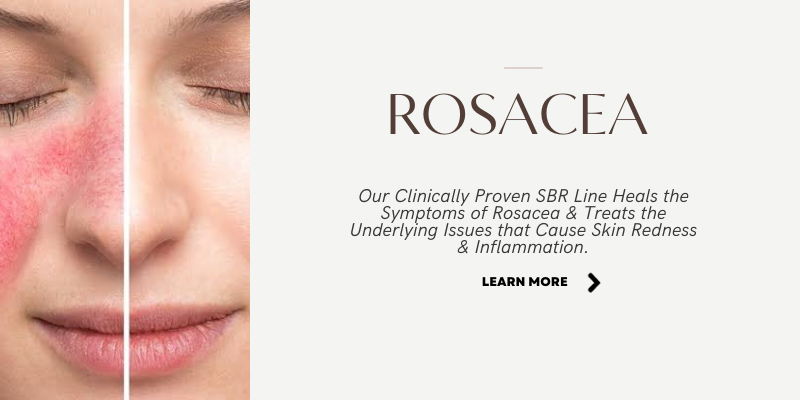Whether considering an upscale spa product or a commercial drugstore product, decoding your skin care label is the first step in beginning or maintaining an efficient, clean beauty practice. Skin care formulations are never black and white, and it can take years of research and experimentation with different ingredients in order to design a formula that is truly effective and safe.
Here are some key points on how to read a skin care ingredient list:
1. The Sequence of Ingredients
Ingredients are listed (by law) from greatest to least in descending order. Thus, the ingredient with the highest percentage is usually mentioned at the beginning of the list.
2. The ‘Effective’ Concentration
Today, most products are marketed using the name of a highlighted ingredient. It is important to understand that an active ingredient is effective only at an optimum (scientifically proven) concentration. Most brands use ‘greenwashing marketing practices’ manufactures products with ingredients that are exponentially too low in concentration to actually target/solve your skin problems.
On the other hand, a high percentage of pure actives can be very tempting (not to forget very costly!). But this does not necessarily mean that it will be beneficial for your skin. For instance, ingredients like Vitamin C should never exceed a concentration of 20%, while Hyaluronic Acid should be used within a range of 0.5 to 2.0% for best results.
3. Disguised Ingredients
With the clean beauty revolution, today most companies are concentrating on replacing ingredients like Parabens, Sulfates, and other chemicals. But despite far cleaner alternatives being available from natural sources, these harmful ingredients are largely being replaced by equally harmful synthetics.
As an example, the ingredient Cocamidopropyl betaine is used in products marketed as being sulfate-free. The truth? This ingredient contains synthetic elements, and can cause sensitization of the skin.
4. Ingredients to Avoid
If you prefer clean beauty practices and want to stick to natural and organic skin care, you must stop using products with the following ingredients:
Parabens, Sulfates, Sodium Benzoate, Polysorbates, EDTA based agents, Petrochemicals, Synthetic Emollients, artificial fragrances, and synthetic colors, dyes, and additives.
5. Sensitivities and Allergies
If you have sensitive skin, or are prone to conditions like rosacea, eczema, and psoriasis, you must pay close attention to the label and check for ingredients that you are allergic to. Always perform a 24 hour patch test whenever you are trying out something new.
6. Learn the Purpose
If you truly desire the best skin of your life, you should learn about the benefits and drawbacks of every ingredient you put on your skin. The most important thing is to find out ingredients that will address your specific skin issue and have the least chances of irritation or other side effects.
Some ingredients like water and almond oil are easy to understand. However, it is important to learn about complex ingredients like CoQ10, Hyaluronic Acid, or perhaps Salicylic acid before you can apply to the skin. As science progresses, we learn more about ancient Ayurvedic ingredients, and update these more recent findings. Our blog and website contain detailed information about the ingredients we use in our products.
To learn about some of the important terms used on labels, read: Our Mega Guide to Common Labels on Beauty Products.


